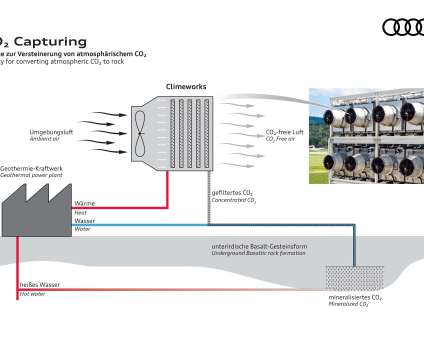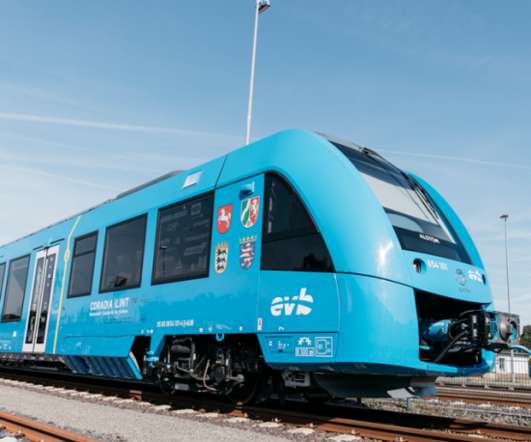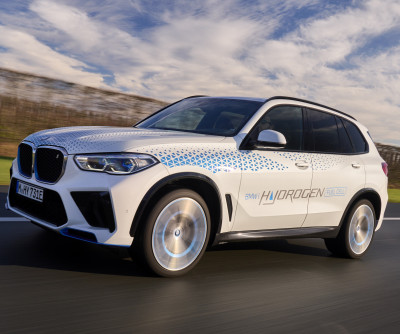Audi partnering with Climeworks on CO2 direct air capture and storage
Green Car Congress
SEPTEMBER 8, 2020
The CO 2 molecules react through natural mineralization processes with the basalt rock and are converted to carbonates over a period of several years, thus permanently storing the CO 2 underground. The technology can also be scaled up to the megaton-per-year range and thus harbors great potential from the future.














Let's personalize your content